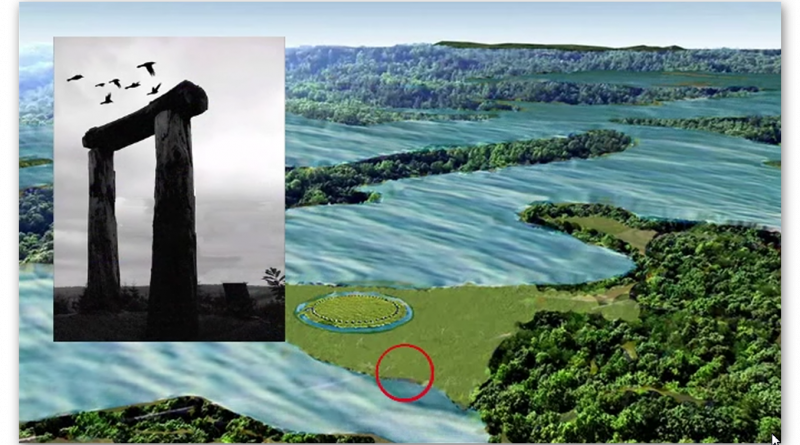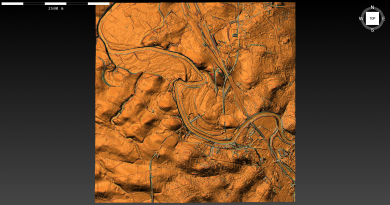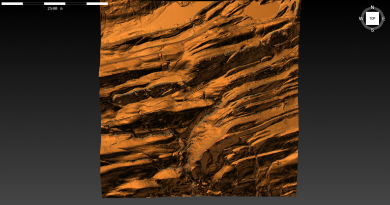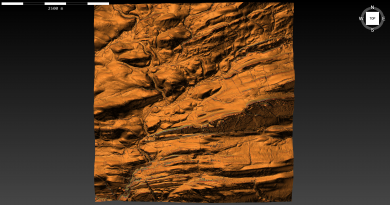Chapter 2 – Craig Rhos-Y-Felin Debunked
Book Extract…………………………….. The Stonehenge Enigma (Craig Rhos-Y-Felin -Debunked)
The Stonehenge Quarry – an inconvenient truth
A recent paper by the University of London, Southampton, and Manchester; about the discovery of the quarry that provided the ‘bluestones’ for Stonehenge at Craig Rhos-y-Felin (Mike Parker-Pearson et al., 2015) caught the eye of the world by archaeologists announcing Stonehenge was initially built in Wales and was then transferred to Salisbury Plain 500 years later.
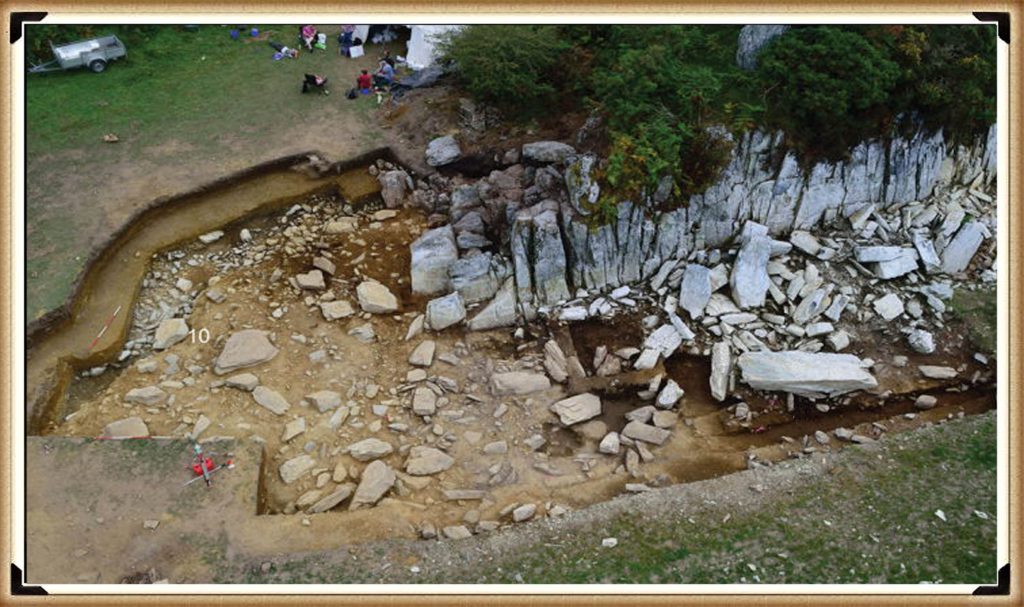
| Figure 24 – Craig Rhos-y-felin Quarry |
The ‘Craig Rhos-y-Felin: a Welsh bluestone megalith quarry for Stonehenge’ was a report published in December’s Edition of Antiquity Magazine 2016, it stated that a series of radiocarbon dates were found on the site next to a 4m long monolith (ready for transportation) made of a rock which was microscopically identified as the same bluestone as the rocks that surround the existing Stonehenge site. Moreover, the report’s authors had decided that just two random sample dates (the two closest to their own well-publicised hypothesis on Stonehenge’s construction date) would be headlined and advertised to the mass media.
In spite of these ‘limited’ published radiocarbon dates, the archaeologists still had an obvious problem, as the dates were still 500 years older than the proof, they were hoping to find. So, they had to invent a new ‘story’ to compensate for this ‘poor science’ and so stated the speculation, in their report, that the monument was initially built in Wales then moved at a later date. This will no doubt be followed by another story in a few years’ time (archaeologists love to do the lucrative lecture tours on limited ‘titbits’ of information) finding remains of a few small bluestones within a short distance from the quarry site and claiming them as evidence of the original Stonehenge – this would probably be followed by an even more lucrative lecture tour.
Nevertheless, if we take an unbiased and more analytical view of the report, we find something very different from the media claims and much more scientifically interesting.
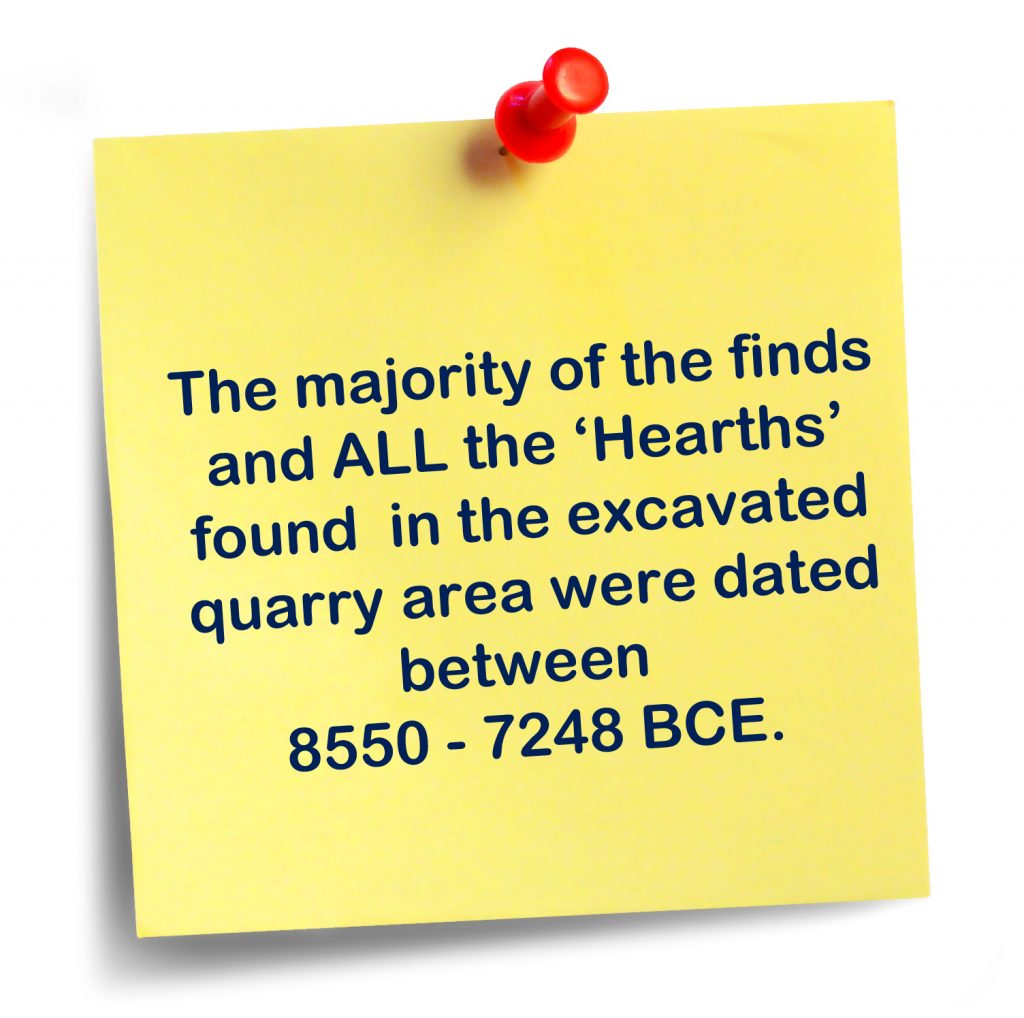
What was contained in detail within the report but overlooked, was the fact that a considerable number of Mesolithic carbon dates (fourteen compared to just two Neolithic dates the report headlined) were obtained from actual human-made hearths which were much, much earlier in history compared to two random nutshells found in an ‘occupation area’ – which could have been scattered by animals or even the weather?
These earlier and more frequent dates are from hearths rather than just random nutshells and were entirely overlooked by the team, as it was ‘perceived’ to be too early to have a connection to Stonehenge. Nevertheless, this connection was well established some fifty years ago and was reported in a press release I released in August 2011 – entitled ‘The Stonehenge Enigma; an inconvenient truth’:
The article shows that English Heritage did their utmost to conceal the truth about the real ‘probable’ date of Stonehenge being 5,000 years earlier than their current position. This scientific evidence was based on radiocarbon dating of the three giant post holes found in the visitor’s car park during its construction in 1966.
At the time the wooden charcoal remains of the posts (found at the bottom of the post holes) were labelled Neolithic in origin to support the accepted antler pick dating hypothesis and was placed on a shelf probably for eternity.
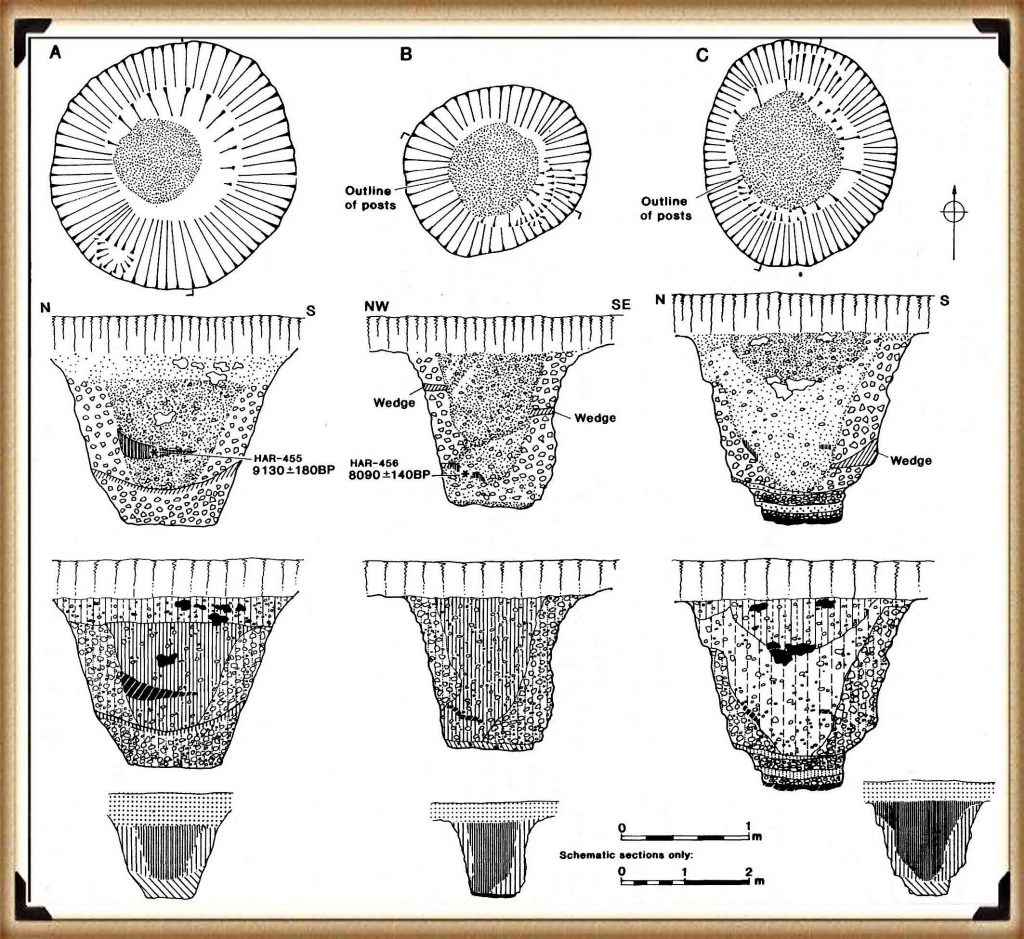
| Figure 25– Old Car Park Excavation in 1966 |
The report from the 1966 excavation reads: “It is unfortunate that no dating evidence was obtainable from the three holes in the form of pottery. Certainly, the holes themselves would appear to be Neolithic in character, very similar to others excavated of this period….. comparable traces of posts have been found in a Neolithic context… such as King Barrow Wood” Lance and Faith Vatcher. 3
Moreover, the charcoal deposits were sent to their laboratory, and the results were: “It is surprising, in the view of the chalkland environment, that most of the charcoal should be pine. Pine has, however, been found at other sites where it would not be expected, notably Woodhenge” – but even so, these samples were not requested to be carbon dated.
Fortunately, some years later an inquisitive PhD student writing a thesis on the Stonehenge environment found these samples and concluded that they could not be Neolithic, as claimed by the archaeological community, as they were from pine trees which pollen analysis had concluded were ‘extinct’ in this area at this time of Stonehenge’s supposed construction.
The officials (of the Historic Buildings and Monuments Commission, which was later renamed English Heritage) were dismayed when they found out that their ‘experts’ were wrong, and the student was absolutely correct (yet sadly, never gave her a deserved job!!) in her assumption as the carbon dating placed them at the start of the Mesolithic of 8860 to 6590 BCE just after the last ice age. Furthermore, what happened to the pine Woodhenge samples as indicated in the lab report of 1966 – which to date have not been carbon dated, are they also Mesolithic and not Neolithic as their original unscientific estimation, if so, what is the real age of Woodhenge?
Consequently, rather than then admitting their fundamental error and re-opening the site to look for more holes and dates to get to the bottom of this unique mystery (which would have been the case for most credible scientific disciplines) they came up with a remarkable and unproven story that these were random ‘totem poles’ placed by wandering ‘hunter-gatherers’ which did not relate to the Stonehenge site just 50m away. But was a sheer coincidence, which should be totally ignored.
If the missed carbon dating of these Mesolithic posts didn’t spark an enquiry into the dating of Stonehenge, then another similar discovery three years later in 1988-89 should have done, as Wessex Archaeology, were employed to undertake an investigation of the area next to the Old Car Park and the construction of the Visitors Centre, opposite Stonehenge. They reported a series of stripes under the surface (they thought was periglacial) and a single pit WA9580 which was on the line of the other posts found in 1966, in the area of the old ticket office.
Within the pit they found (no doubt to the dismay of EH) yet another Mesolithic post hole that match the dates of the 1966 findings. Moreover, what they also found should have transformed the current dating of the Stonehenge site. 40cm below the top of the pit they found ‘a single piece of rhyolite (62g) within context layer 9581 at the same stratification level of 9585 carbon dated at 7737 – 7454 BCE.
Again EH attempted to supress this finding by suggesting that ‘this layer was not earlier than, and was probably contemporary with, the dressing of the Bluestone’ – which might be so if the bluestone was not BELOW context layer 9582 which was dated 7595 – 7178 BCE.
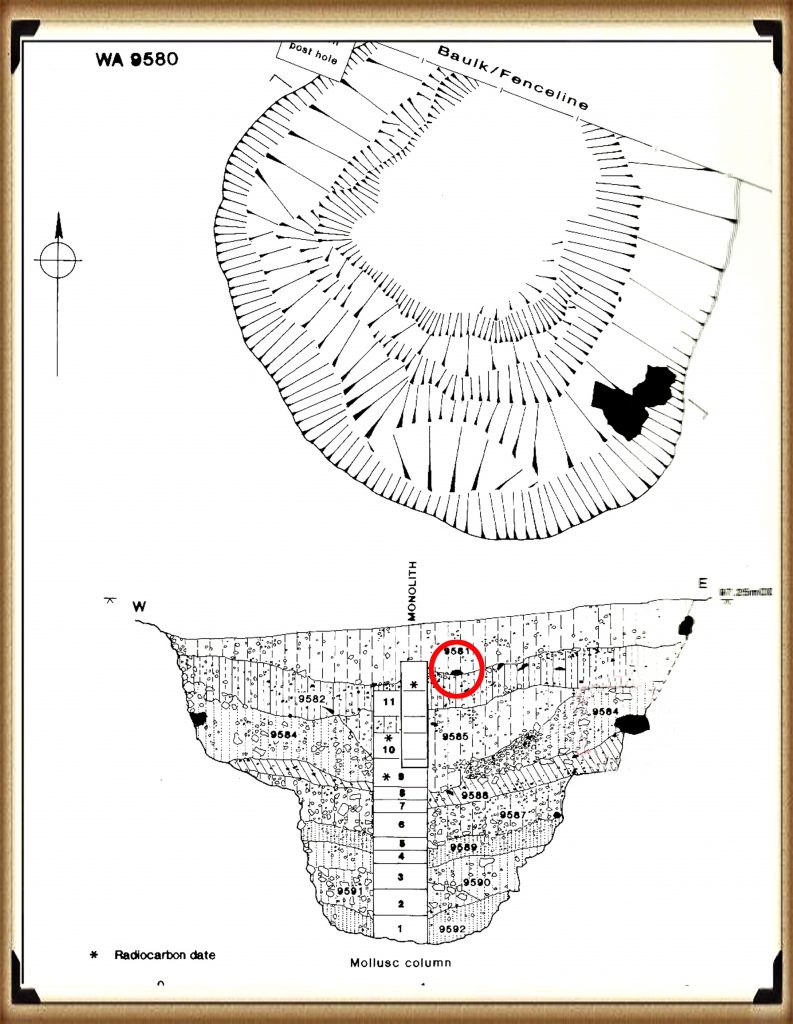
| Figure 26– WA 9580 excavated in 1988 which found a Bluestone in the soil 5,000 years before the current EH published date. |
Archaeologists have also found charcoal (OxA-18655) from fires in the centre of the Stonehenge monument, found in the Hole socket of Stone 10 dated 7330 – 7060 BCE (same as the Mesolithic post holes) but again the news was suppressed from the mass media. Then less than a mile away at the top of the hill that overlooks Stonehenge a site called ‘blick mead’ was excavated by the Open University, they found evidence that people were living and feasting at this same earlier Mesolithic period yet this ‘totem pole’ myth is still firmly entrenched in EH’s view of our prehistoric history through their exhibitions and many costly guidebooks.
Moreover, recently the Stonehenge site has had a significant transformation as it has closed the B-road that went past the stones and gave access to the old visitor’s car park – which was now moved a mile up the road to the new multi-million-pound visitors centre. Consequently, the old tarmac was removed and was replaced by grass to make it look more like it did at the time of Stonehenge’s construction.
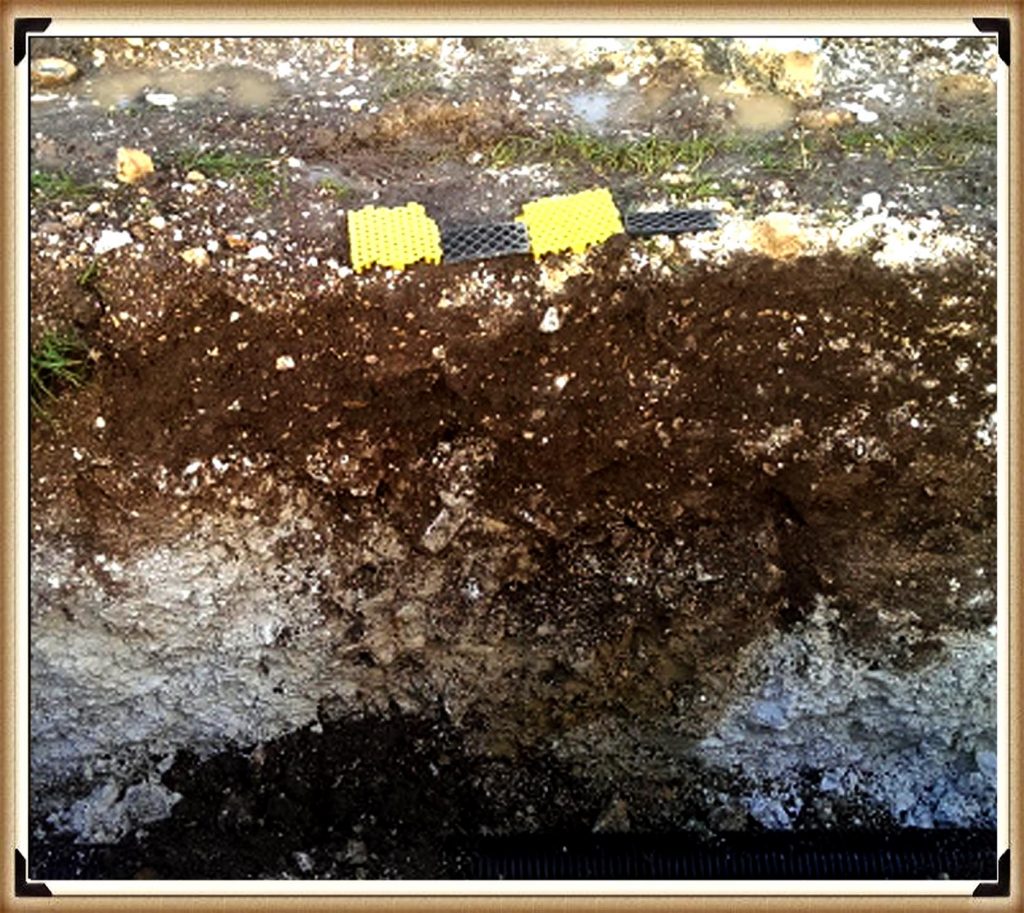
| Figure 27– Tim Daw’s unpublished photo of another post in the Old Visitor’s Car Park – 600mm to 700mm wide. |
Now one might imagine that if you were going to remove the tarmac from the old visitor’s car park (knowing you have found something quite extraordinary underneath in the past), you would take this ‘once in a lifetime opportunity’ to excavate the car park fully to see if you can find any more evidence about the Mesolithic Period of Stonehenge’s history?
Tim Daw was a warden at Stonehenge, and he has always been active in taking pictures on the site as he worked on a day-to-day basis at Stonehenge and published them on his blog site. Last year, he found patch marks by the centre upright stones that were identified as the possible missing circle stones of the Inner Circle; therefore, his contribution to the investigation of Stonehenge has been immense.
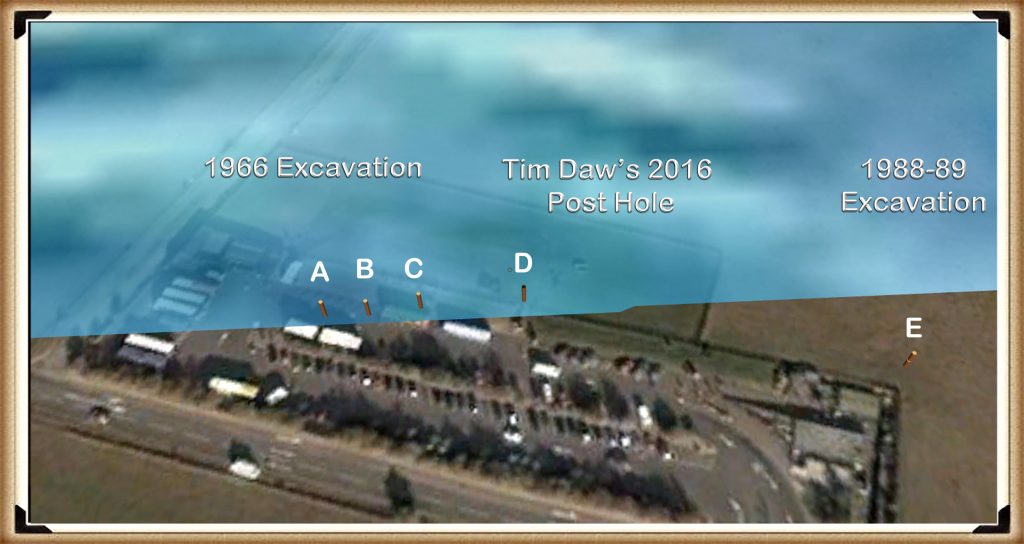
| Figure 28– Newly discovered Post Hole D |
Tim also took some shots of trenches dug during the reinstatement of the grass over the old visitor’s car park and found something quite remarkable – but he was not allowed to publish (his pictures of the trenches) as EH had warned him that his unauthorized blog activities had to stop or else…. three guesses why this happened? Now Tim is a man of principal resisted and resigned so continuing his blog work, and as a consequence, these new ‘unofficial’ pictures have been made available, showing, even more, post holes are under the car park.
Tim’s newly discovered post hole is on the line of four other known 1966 post holes. Moreover, it supports my hypothesis, that they are all on the shoreline of the River Avon at about 8000 BCE. Furthermore, the fact that rivers in Britain were much larger in the past than today effected on not only the River Avon – but the River Nevern, at Craig Rhos-y-Felin which the current ‘Brynberian Stream, (which feeds the Nevern) is only 20m away, from the newly identified quarry site.
During the Mesolithic period, the newly quarried stones could be placed in boats on the shoreline of the quarry in Wales and could be sailed almost directly to Stonehenge, via just two or three enlarged rivers. And not over the longer sea route, some archaeologists have considered.
This report also goes into great depth in the analysing of the Stone structure of the bluestones from other Preseli sites such as Carn Goedog, Cerrigmarchogion and Craig Talfynyydd, Carn Breseb, Carn Gyfrwy and finally Carn Alw areas. All of which have streams and rivers connecting them with the River Nevern – unfortunately, the archaeologists only can conceive this connection is of a ‘religious’ order rather than something quite functional. Yet, archaeologists do seem able to consider the existence of a hypothetical road system which Mike Parker-Pearson’s calls his ‘ox-cart’ route, that follows the current tarmac covered A40, but sadly doesn’t take into account the woods, swamps and even forests of that period, which would make road passing almost impossible.
Nevertheless, this should be no surprise to readers of the Craig Rhos-y-Felin report as it is full of inconsistencies and logical inaccuracies as the layout of the site were never taken into consideration. My analysis of the area shows that the ‘Brynberian Stream’ by the rocky outcrop was much larger in the past – such as in the period directly after the last ice age. The flooding of this area is well known to geologists as they have found sandy deposits are in the excavation sub-soil. Sadly, the team seems to have created a false assumption that these floodwaters are from ‘ice melt’ which rapidly disappeared after the ice age into the sea.
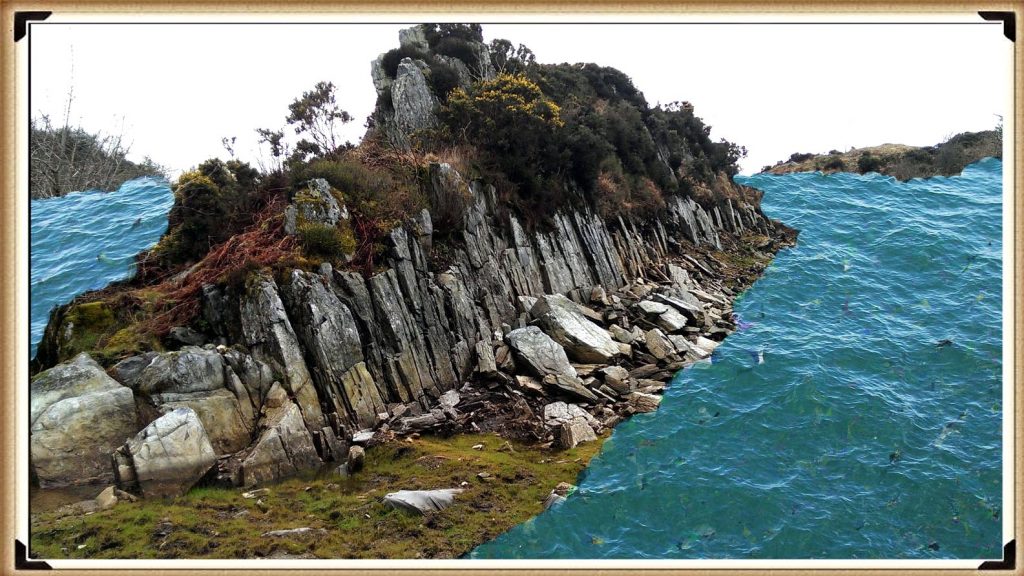
| Figure 29– Craig Rhos-Y-Felin as it would have looked in the Mesolithic period |
We have shown in the first book of the trilogy ‘The post-glacial flooding hypothesis’ that this is a false assumption. If this was true, the sea levels would have risen rapidly to a couple of meters short of today’s sea level then plateaued for thousands of years – but this is not the case as the scientific ocean evidence shows that the ‘seepage’ into the seas took many thousands of years to occur and hence Doggerland off the East coast of Britain, took almost ten thousand years to disappear under the North Sea.
We obtain this confirmation within the report that an old river ran around this quarry as long ago as 5620 – 5460 BCE and possibly up to 1030 – 910 BCE.
“Most of the site was then covered by a layer of yellow colluvium (035), dated by oak charcoal to 1030–910 cal BC (combine SUERC-46199; 2799±30 BP and SUERC-46203; 2841±28 BP). This deposit is contemporary with the uppermost fill of a palaeochannel of the Brynberian stream that flowed past the northern tip of the outcrop. Charcoal of Corylus and Tilia from the basal fill of this palaeochannel dates to 5800–5640 cal BC (OxA- 32021; 6833±40 BP) and 5620–5460 cal BC (OxA-32022; 6543±37 BP), both at 95.4% probability.”
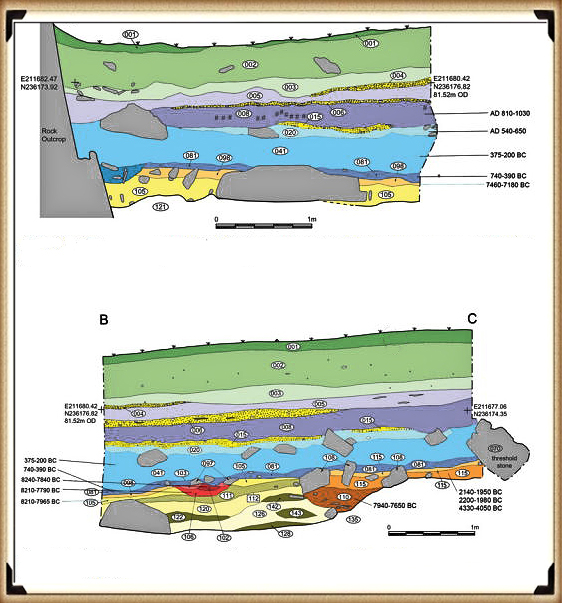
| Figure 30– Craig Rhos-Y-Felin Excavation showing Mesolithic human hearths in RED |
Consequently, what the report is trying to tell us, is that an enlarged stream that feeds into the River Nevern was flowing at during the Mesolithic Period up to the quarry outcrop rocks, and it remained there just a few metres away even up to 1000 BCE. Therefore, the apparent system of transport for these large newly quarried stones to their final destination at Stonehenge, as we have seen in other countries with their stone constructions like Egypt – was via a boat.
Moreover, the site layout also gives a clear indication of when the stone was genuinely quarried. There is a single monolith ready for transportation by the river on the east side of the site and the hearths which are human-made are a few metres south of this monolith – where you would expect them. The problem for archaeologists is that these are Mesolithic hearths, and they’re not just one but three hearths dating from 8550 – 8330 BCE; 8220 – 7790 and BCE 7490 – 7190B CE and yet the report quite clearly states:
“There is no evidence of any Mesolithic Quarrying or working of Rhyolite from this crop”.
This is an astonishing unscientific claim – for how they would know what tool marks are either Mesolithic or Neolithic (would they not be using the same tools?) And secondly, what do they think they were doing there at the quarry during these 1300 years?
Moreover, we can now see the massive connection between the quarry site and Stonehenge with over twenty C16 dates and correlations to my hypothesis – compared to just two samples the ‘experts’ are currently claiming (which are 300 – 500 years older than current estimations).
Consequently, we can narrow down the exact date for the construction of Phase I of Stonehenge (bluestone placements in the Aubrey holes) by looking at the overlapping dates and using the latest carbon dating curve (intCal20) to obtain most accurate date variation, and calculating the mean average probable dates.
Table 1- Matching Carbon Dates
| Stonehenge | Old Car Park (Ref. and Date) | Craig Rhos-Y-Felin Quarry sample Reference | Craig Rhos-Y-Felin Quarry – Dates |
| Post Hole A | HAR-455 (8825 – 7742) | SUERC-50761 OxA-30507 OxA- 305481 SUERC-51164 SUERC-50760 OxA-30549 SUERC-51165 OxA-30506 OxA-305482 OxA-305062 OxA-30547 OxA-30504 | 8550 – 8330 8471 – 8285 8286 – 8163 8289 – 8169 8211 – 7955 8238 – 7941 8216 – 7785 8021 – 7792 8122 – 7962 8207 – 8030 8012 – 7711 8281 – 8166 |
| Post Hole B | HAR–456 (7377 – 6651) | OxA-305032 | 7232 – 7188 |
| WA 9580 | GU-5109 (8259 – 7742) | OxA- 30548 SUERC-51164 SUERC-50760 OxA-30549 SUERC-51165 OxA-30506 OxA-305482 OxA-305062 OxA-30547 OxA-30504 | 8286 – 8163 8289 – 8169 8211 – 7955 8238 – 7941 8216 – 7785 8021 – 7792 8122 – 7962 8207 – 8030 8012 – 7711 8281 – 8166 |
| WA 9580 | QxA-4219 (7737 – 7454) | Beta-392850 OxA-30547 | 7944 – 7648 8012 – 7711 |
| WA 9580 | QxA-4220 (7595 – 7178) | SUERC-51163 OxA-30523 OxA-3050311 | 7539 – 7308 7472 – 7182 7485 – 7248 |
This calculation shows that work started at the Quarry: 8300 BCE and its main use and activity was 8000 BCE, with continuous use (replacing the exhausted Bluestones at Stonehenge) ongoing for at least 1000 years.
English Heritage has invested millions in its new ‘money spinner’ the Stonehenge Visitors Centre. Within it, you will see many claims and models about the origin and possible function of Stonehenge – this exhibition has cost hundreds of thousands of pounds to design and build. BUT what would happen financially, if their assumptions are proven wrong?
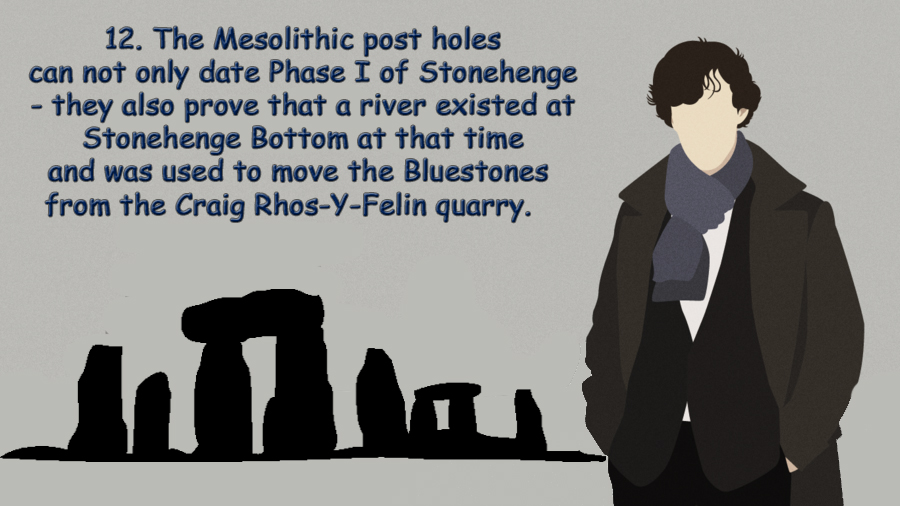
Moreover, the money within archaeology is sparse, and there are many ‘schools’ of thought who compete against each other for funding. These schools are the University professors who compete for ‘airtime’ and media attention to promote their views, which the public perceive as ‘expertise’. But science evolves, through new ideas and concepts, yet these ‘experts’ are firmly cemented in the past with old ideas, publications and credibility – as nobody dares to be found wrong when so much hangs in the balance.
Further Reading
For information about British Prehistory, visit www.prehistoric-britain.co.uk for the most extensive archaeology blogs and investigations collection, including modern LiDAR reports. This site also includes extracts and articles from the Robert John Langdon Trilogy about Britain in the Prehistoric period, including titles such as The Stonehenge Enigma, Dawn of the Lost Civilisation and the ultimate proof of Post Glacial Flooding and the landscape we see today.
Robert John Langdon has also created a YouTube web channel with over 100 investigations and video documentaries to support his classic trilogy (Prehistoric Britain). He has also released a collection of strange coincidences that he calls ‘13 Things that Don’t Make Sense in History’ and his recent discovery of a lost Stone Avenue at Avebury in Wiltshire called ‘Silbury Avenue – the Lost Stone Avenue’.
Langdon has also produced a series of ‘shorts’, which are extracts from his main body of books:
For active discussions on the findings of the TRILOGY and recent LiDAR investigations that are published on our WEBSITE, you can join our and leave a message or join the debate on our Facebook Group.

